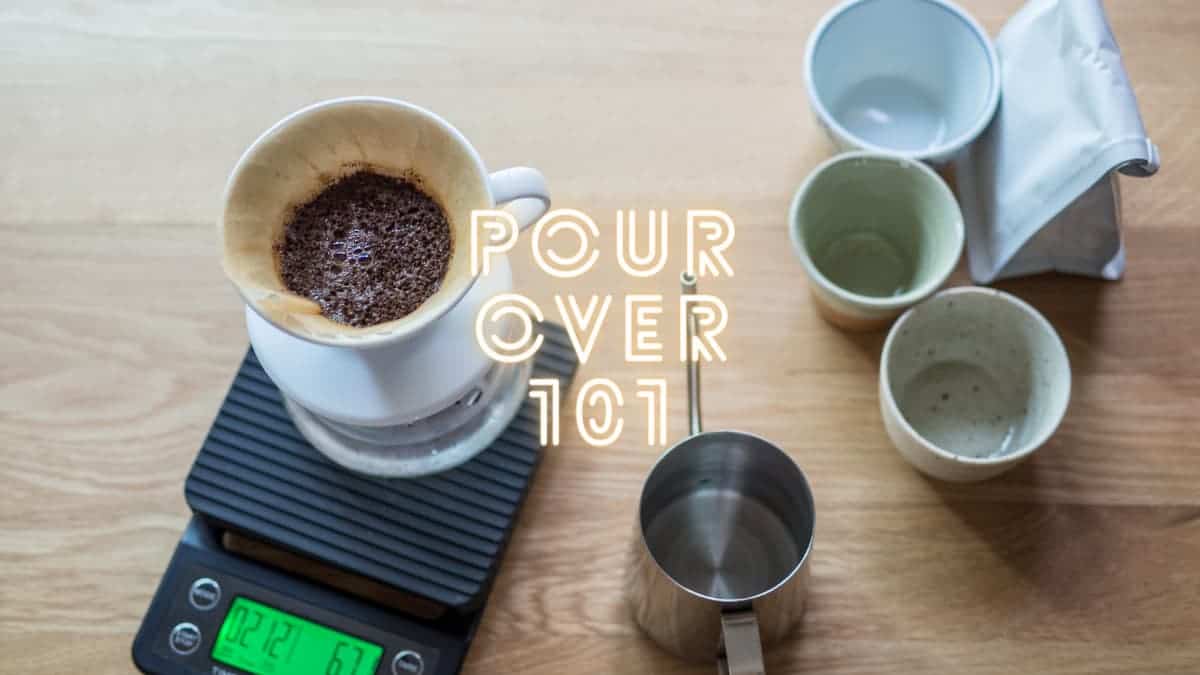With the rise of automated espresso machines and high-tech latte robots, it’s refreshing to see that one of the most cherished forms of coffee brewing remains delightfully simple and hands-on: pour over coffee. Using basic tools like a Chemex, Hario V60, or Melitta dripper, it’s about pouring hot water over coffee grounds and letting gravity do the rest. But there’s an art to it, and when done right, it can elevate your coffee to a whole new level.
Originating in Germany, thanks to Melitta Bentz, pour over coffee is a method where hot water percolates through coffee grounds and a paper filter, resulting in a transparent, flavorful brew. The simplicity of the process—just water, gravity, and technique—means it’s all about leveraging the inherent traits of the coffee beans.
Pour over coffee can taste incredibly light and tea-like or be vibrant and full-bodied like red wine, depending on your beans and method. Using high-quality coffee beans is crucial as they significantly impact the outcome more than your technique or equipment. If you use top-notch beans, your coffee will remain delicious even with less-than-perfect technique.
Brewing pour over coffee is a ritualistic, meditative process. Every step—from setting the water temperature and grind size to the pouring pattern—needs attention. This method provides unmatched control, offering a unique brewing experience. Plus, it’s inexpensive. You can start with a plastic Hario V60, a hand crank burr grinder, and some coffee, all for under $100, then expand your kit with a digital scale and a gooseneck kettle for even more precision.
The best part? Anyone can do it. Unlike espresso machines that require a fine balance of science and skill, pour over makes coffee brewing accessible. If you can pour water, you can make a pour over coffee. Whether you’re after more acidity or sweetness, this method offers the flexibility to bring out those notes.
Ready to brew? Here’s what you’ll need: a pour over cone (like Hario V60), filter papers, a burr grinder, a digital scale, a gooseneck kettle, and, of course, high-quality coffee beans. Each of these components plays a crucial role in crafting the perfect cup.
The process starts by boiling water, grinding 36 grams of coffee to a medium-fine texture, and rinsing the filter paper to remove any papery taste. The first pour, known as the bloom, wets the coffee grounds and releases trapped gasses, ensuring an even extraction. Subsequent pours in spiral patterns ensure all grounds are evenly saturated, and the brew completes in about four minutes.
If your brew doesn’t taste quite right, adjust the grind size. A coarser grind might fix bitterness, while a finer grind might enhance sweetness. Always use filtered water for the best results. And remember, practice and experimentation lead to perfection in pour over brewing.
For those without a digital scale, using a tablespoon for coffee and a measuring jug for water works too. Aim for a grind size between espresso and French press—similar to raw sugar. The key is to pour steadily and evenly, without focusing too much on one spot.
Pour over coffee is a beautiful blend of simplicity and sophistication, allowing anyone to craft a delicious cup with just a few tools and a bit of technique. Whether you prefer a light, tea-like brew or something more robust and flavorful, the pour over method offers endless possibilities for coffee enthusiasts.
